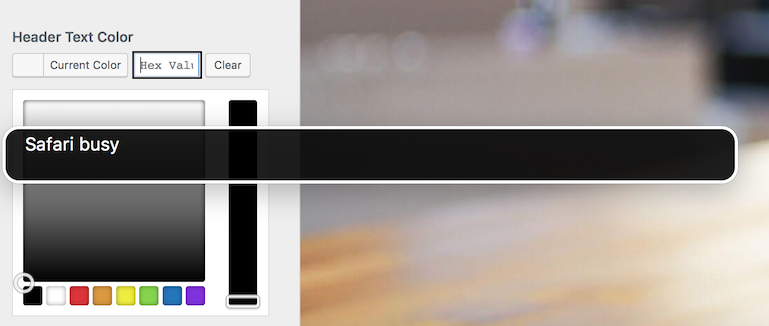By default, when you install XAMPP in your windows machine or mac, the root password for the MySQL is set to empty. But this is not recommended, as the MySQL database without a password will be accessible to everyone. To avoid this, a proper/secure password must be set to the user root. To do it in XAMPP, there are two ways. Set the search path such as JAVAHOME, and ORACLEHOME. Create environment variables as needed by programs. Run commands that you want to run whenever you log in or log out. Set up aliases and/or shell function to automate tasks to save typing and time. Changing bash prompt. Setting shell options. Two types of shell variables. The same dialog can be used to set JAVAHOME to the location of your JDK, e.g. C: Program Files Java jdk1.7.051. Open a new command prompt (Winkey + R then type cmd) and run mvn -v to verify the installation. Unix-based Operating System (Linux, Solaris and Mac OS X) Tips. Check environment variable value.
By default, XAMPP has no passwords set and it is not recommended to run XAMPP with this configuration as it is accessible to others.
Simply type the following command (as root) to start a simple security check:
sudo /Applications/XAMPP/xamppfiles/xampp security
@Elrashid sorry am late. Question is How to set php executable path php.validate.executablePath in vscode when php is set inside docker container? My understanding is that docker runs containerized applications (like guest/virtual machine but with less resources. The top row of the table holds the field names: id, title, author, and price.The next three rows are the three book records in our table. Each record has its own field values: for example, the first record’s title field contains “The Grapes of Wrath”, while the second record’s title field contains “Nineteen Eighty-Four”.
Now you should see the following dialog on your screen:
Set Mysql Path In Mac High Sierra
XAMPP: Quick security check...
XAMPP: MySQL is accessable via network.
XAMPP: Normaly that's not recommended. Do you want me to turn it off? [yes] yes
XAMPP: Turned off.
XAMPP: Stopping MySQL...
XAMPP: Starting MySQL...
XAMPP: The MySQL/phpMyAdmin user pma has no password set!!!
XAMPP: Do you want to set a password? [yes] yes
XAMPP: Password: ******
XAMPP: Password (again): ******
XAMPP: Setting new MySQL pma password.
XAMPP: Setting phpMyAdmin's pma password to the new one.
XAMPP: MySQL has no root passwort set!!!
XAMPP: Do you want to set a password? [yes] yes
XAMPP: Write the passworde somewhere down to make sure you won't forget it!!!
XAMPP: Password: ******
XAMPP: Password (again): ******
XAMPP: Setting new MySQL root password.
XAMPP: Setting phpMyAdmin's root password to the new one.
XAMPP: The FTP password for user 'nobody' is still set to 'lampp'.
XAMPP: Do you want to change the password? [yes] yes
XAMPP: Password: ******
XAMPP: Password (again): ******
XAMPP: Reload ProFTPD...
XAMPP: Done.
(1) Setting a password will protect the XAMPP demo pages (http://localhost/xampp/) using this password. The user name is 'lampp'!
After running this command, your XAMPP installation should be more secure.
The installation of Apache Maven is a simple process of extracting the archive and adding the `bin` folder with the `mvn` command to the `PATH`.Detailed steps are:
Ensure
JAVA_HOMEenvironment variable is set and points to your JDK installationExtract distribution archive in any directory
or
Alternatively use your preferred archive extraction tool.
Add the
bindirectory of the created directoryapache-maven-3.6.3to thePATHenvironment variableConfirm with
mvn -vin a new shell. The result should look similar to
Windows Tips

- Check environment variable value e.g.
Adding to
PATH: Add the unpacked distribution’s bin directory to your user PATH environment variable by opening up the system properties (WinKey + Pause), selecting the “Advanced” tab, and the “Environment Variables” button, then adding or selecting the PATH variable in the user variables with the valueC:Program Filesapache-maven-3.6.3bin. The same dialog can be used to setJAVA_HOMEto the location of your JDK, e.g.C:Program FilesJavajdk1.7.0_51Open a new command prompt (Winkey + R then type
cmd) and runmvn -vto verify the installation.
Unix-based Operating System (Linux, Solaris and Mac OS X) Tips
- Check environment variable value
Set Mysql Path In Mac
- Adding to
PATH
